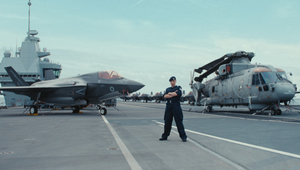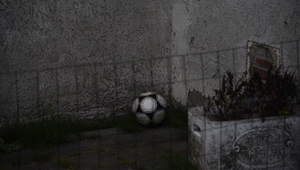
Perfectly Imperfect Humans vs Imperfectly Perfect Robots

As AI influencers rise, brands are discovering the appeal of talent that’s always on, scandal-free, and engineered for engagement. But in a world where perfection is easy to fabricate, true influence still lies in the human ability to connect through vulnerability and authenticity.
Lil Miquela never throws an unpredictable tantrum. She doesn’t need a digital detox and can’t get caught red handed on Instagram Live. She never leaks brand secrets, starts feuds, or forgets to disclose an #ad. That’s because she’s not real. At least not in the traditional way. And that’s exactly why we love her. As AI influencers continue to rise globally, from Japan’s hyper-stylised Imma, to the UK’s emerging Alicia Idris, or fitness-focused Aitana Lopez in Spain, the message to brands is clear: humans are messy, but bots are marketable. Virtual personas are the dream talent; available 24/7, (largely) immune to scandal, and engineered for engagement. They are a lot harder to cancel.
But let’s not fall for the dystopian cliché. This isn’t a robot takeover. It’s a reframing of what ‘influence’ means. Yes, AI influencers can be polished and perfect. But they’re not here to replace us, they’re here to reflect us. To offer the fantasy. The aesthetic. The control we crave in our beautifully chaotic world.
And still, what we scroll for late at night, what keeps us watching, isn’t perfection. It’s vulnerability. It’s chaos. It’s the getting it wrong, the getting it right, the I told you so, the I’m glad you were here with me, the apologies, the happy tears, the sadness, the unfiltered love. That’s what reminds us we’re all human. AI influencers might win on consistency. But humans win on connection. At House 337 we handle all of Next’s influencer activity, from cultivating long term ambassadors to capturing the latest must have seasonal trends, and we’re proud to have invested in authentic connections with our audiences on every single project. But in the future do all the connections have to be human? Maybe the future isn’t about choosing between the real and the artificial. Maybe it’s about letting both exist, unapologetically. The perfectly imperfect human, full of contradictions and clutter, alongside the imperfectly perfect robot, clean and coded for applause.
We can crave polish without rejecting mess. We can love the fantasy without forgetting the flawed. There’s room for both. If we strip it all back, AI influence doesn’t make humanity obsolete. It makes us and our influence stand out. And in a feed full of avatars, a human flaw might just be the most powerful asset of all.
In fact, I’d argue the two help define each other. When your algorithm is pixel-perfect, a raw unrehearsed voice note or in the moment selfie becomes a radical act of honesty. Likewise, amid oversharing fatigue and burnout culture, a calm, calculated digital influencer can feel like a breath of fresh air. The real tension isn’t about replacement, it’s coexistence. The opportunity for brands, and content creators alike, is not to pick a side. It’s to understand the spectrum. AI influencers might exist more naturally at the top of the funnel, pulling in interest with flair, but human influencers will still drive depth and trust. Imagine AI ambassadors helping to launch nationally or globally, while human influencers build credibility from the ground up (only if they believe in your product of course). Could having a dynamic duo perhaps be the best way of delivering a campaign? Maybe ‘best’ is a bit strong, but it’s certainly an interesting thought. This mix doesn’t spell the end of ‘real’ influence, it just redefines what real can look like.
Marketers who embrace that duality, who understand that authenticity and aspiration aren’t opposites, will thrive. Those who panic about being replaced are asking the wrong question. So let’s stop pitting them against each other. Let’s stop asking whether AI influencers are ‘better’ or ‘worse’. The more interesting question should be what do they reflect about us? How can we complement each other?
True influence was never about being real. It was about being relatable. And in 2025, both humans and robots are learning how to master that art, together. Which side are you on?















